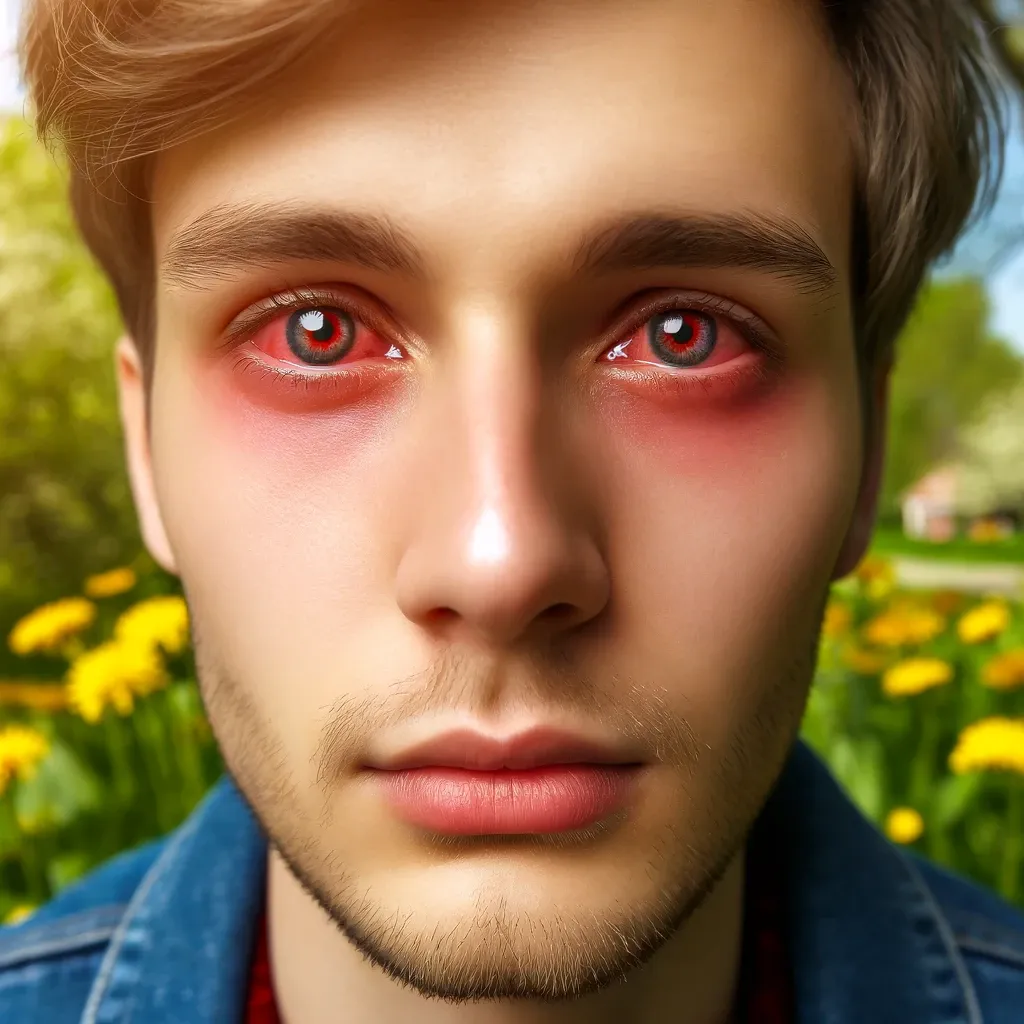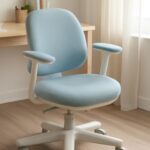Do you struggle with eye irritation and sneezing every spring? You’re not alone. Discover the link between seasonal allergic conjunctivitis, allergic rhinitis, and seasonal allergies, and how they impact your health during allergy season.
Seasonal allergic conjunctivitis, commonly referred to as eye allergies, is a condition that can cause significant discomfort during allergy seasons. It affects millions worldwide, especially during spring and fall when pollen levels are at their peak. This article will explore the relationship between seasonal allergic conjunctivitis, seasonal allergic rhinitis, and seasonal allergies in general, providing insights into symptoms, triggers, and treatment options.
Seasonal Allergic Conjunctivitis: Symptoms and Causes
Seasonal allergic conjunctivitis occurs when the eyes react to allergens like pollen, mold spores, and dust mites. The most common symptoms include red, itchy, watery eyes, and swelling around the eyelids. It can occur alongside other allergic conditions, such as allergic rhinitis (hay fever), and often flares up during specific seasons, particularly spring and fall, when pollen levels are high.
Symptoms of Seasonal Allergic Conjunctivitis
-
Itchy Eyes – The most common symptom is an intense itchiness in the eyes.
-
Redness – Blood vessels in the eyes become inflamed, causing them to appear red or pink.
-
Watery Eyes – Excessive tearing is often seen as the body tries to flush out the allergens.
-
Swollen Eyelids – Inflammation can cause the eyelids to puff up, creating a feeling of heaviness.
-
Sensitivity to Light – Photophobia, or sensitivity to light, may occur in some cases.
Causes and Triggers
-
Pollen – The main culprit for many individuals, especially tree pollen in spring and grass pollen in summer.
-
Mold Spores – Common in fall when mold from fallen leaves becomes airborne.
-
Dust Mites – Found in homes, particularly in carpets and bedding, and can trigger reactions during seasonal changes.
These allergens can cause the immune system to release histamines, which lead to the inflammation of the eye’s conjunctiva, resulting in allergic conjunctivitis.
👉 Learn more about symptoms and treatments! 👈
Seasonal Allergic Rhinitis: When the Nose Also Reacts
Seasonal allergic rhinitis, often referred to as hay fever, is a condition that shares many similarities with allergic conjunctivitis. It occurs when the nasal passages react to allergens like pollen, resulting in sneezing, nasal congestion, runny nose, and itchy eyes. Both conditions often occur together, amplifying the discomfort of allergy sufferers.
Symptoms of Seasonal Allergic Rhinitis
-
Sneezing – A frequent reaction to airborne allergens.
-
Runny Nose – Clear, watery mucus is typically produced.
-
Congestion – Blockage of the nasal passages makes breathing difficult.
-
Itchy Throat and Nose – The itching can lead to frequent rubbing of the nose or throat clearing.
-
Post-Nasal Drip – Mucus dripping down the back of the throat may cause coughing.
Causes and Triggers
-
Pollen – Seasonal rhinitis is typically triggered by tree, grass, or weed pollen.
-
Airborne Particles – Pollutants, dust, and pet dander can exacerbate symptoms.
-
Humidity and Weather Changes – Rapid shifts in weather can trigger allergic rhinitis and worsen conjunctivitis symptoms.
Both conditions, while distinct in their symptoms, often overlap, with individuals experiencing both eye and nasal symptoms during allergy season. Understanding this connection can help in finding more effective treatments.
👉 Click here for more information on seasonal rhinitis! 👈
Managing Seasonal Allergies: Tips for Relief
Managing seasonal allergies, particularly allergic conjunctivitis and rhinitis, can significantly improve quality of life during allergy season. There are several strategies and treatments that can help minimize symptoms and reduce the impact of allergens.
Preventative Measures
-
Stay Indoors During Peak Pollen Times – Pollen levels are highest early in the morning and late in the evening.
-
Keep Windows Closed – This helps prevent pollen from entering your home or car.
-
Use Air Purifiers – Air purifiers with HEPA filters can help remove pollen and dust from the air indoors.
-
Shower and Change Clothes After Outdoor Activities – This helps wash away pollen that may have collected on your skin or clothing.
-
Wear Sunglasses – This can help prevent pollen from getting into your eyes.
Medical Treatments
-
Antihistamines – Over-the-counter or prescription antihistamines can reduce symptoms by blocking the release of histamines.
-
Nasal Sprays – Steroid nasal sprays can reduce inflammation in the nasal passages.
-
Eye Drops – Allergy-specific eye drops can relieve itching and redness in the eyes.
-
Immunotherapy – For severe cases, allergy shots or sublingual tablets can help reduce sensitivity to allergens over time.
While there is no cure for seasonal allergies, these strategies can help control symptoms and reduce discomfort during allergy season.
👉 Find more tips for managing allergies here! 👈
Conclusion
Seasonal allergic conjunctivitis, allergic rhinitis, and other seasonal allergies are common conditions that affect millions worldwide, particularly during the spring and fall months. While the symptoms can be uncomfortable and even debilitating, understanding the causes, symptoms, and available treatments can help individuals manage their condition more effectively. By staying informed and taking the proper precautions, you can reduce the impact of allergies and enjoy the beauty of the changing seasons with less discomfort.
Remember, whether it’s your eyes, nose, or both that are affected, relief is possible with the right treatment plan.






